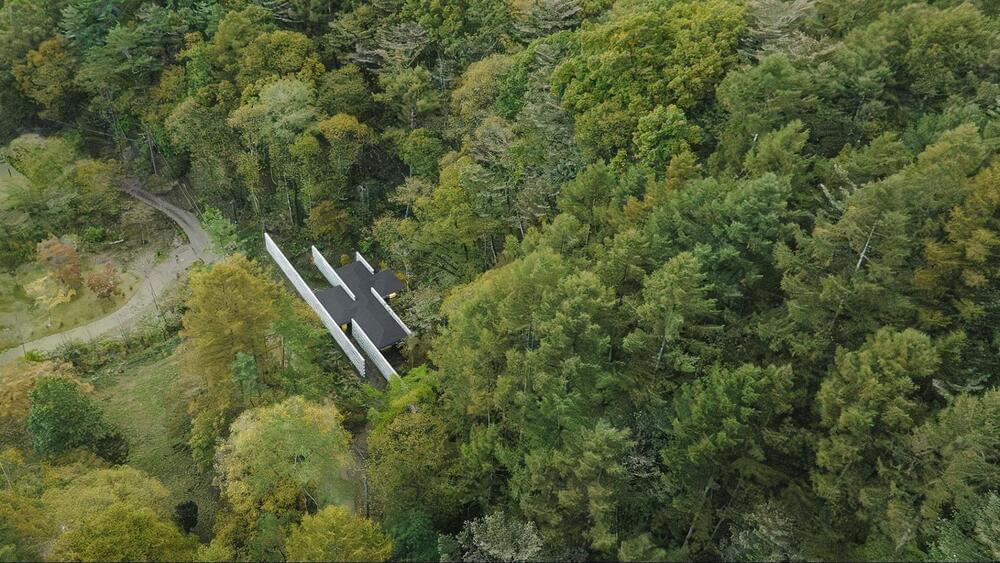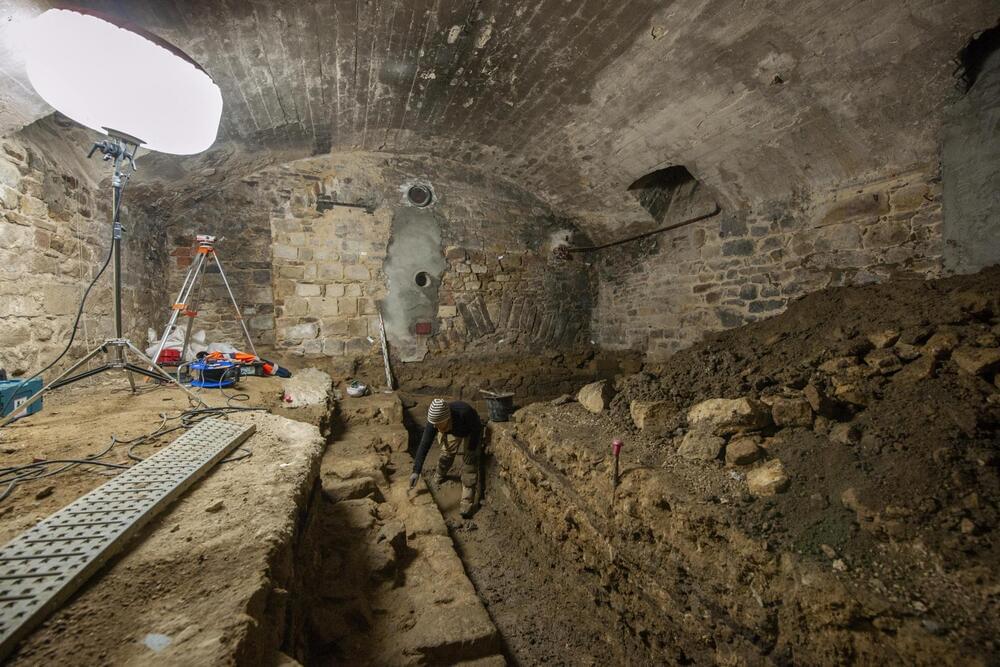The laws of nature or physics are assumed to be everywhere the same, on the far side of the universe as sure as on the far side of your house. Otherwise science itself could not succeed. But are these laws equally constant across time? Might the deep laws of physics change over eons of time? The implications would be profound.
Free access to Closer to Truth’s library of 5,000 videos: http://bit.ly/376lkKN
Support the show with Closer To Truth merchandise: https://bit.ly/3P2ogje.
Watch more interviews on the laws of physics: https://bit.ly/3FQENnx.
Lee Smolin is a theoretical physicist, a researcher at the Perimeter Institute for Theoretical Physics, and an adjunct professor of physics at the University of Waterloo.
Register for free at CTT.com for subscriber-only exclusives: http://bit.ly/2GXmFsP







